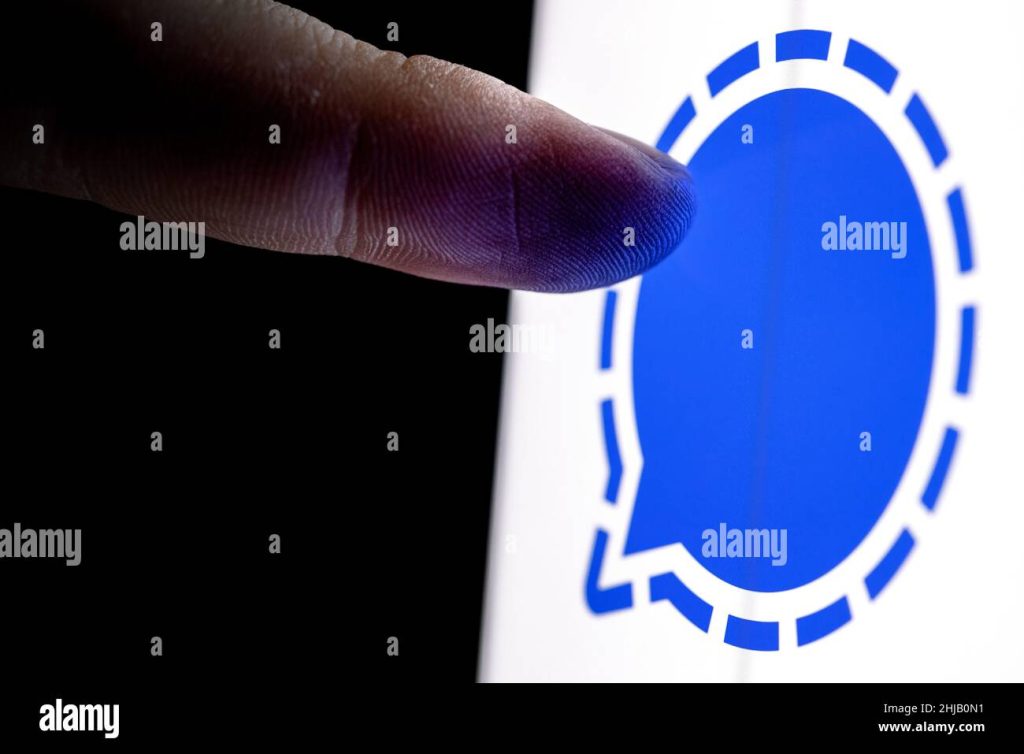Online Security Measures
페이지 정보

본문
However, our online communication has become an integral part of our lives, whether it's sending emails, chatting with friends, or making voice calls over the internet

The increasing number of cyber threats and data breaches has made protecting our online communication a top priority
One of the most effective ways to ensure secure online communication is through secure online protocols
So, what is end-to-end encryption? In simple terms, it's a method of encrypting data in a way that only the sender and the intended recipient can access it
The data is encrypted as soon as it's sent and remains encrypted until it reaches the recipient's device, where it's decrypted using a unlocking code
This way, even if the data is intercepted by a third party, such as a hacker or a government agency, the data remains secure and protected
Picture a situation where you need to exchange encrypted data with a business partner
Without secure protocols, the information would be exposed
A malicious entity could compromise the data
The information is protected throughout its journey
The message is decrypted and delivered safely
There are two main types of encryption: symmetric key encryption and signal中文 asymmetric key encryption
Symmetric encryption uses a single key for both processes, while asymmetric encryption uses a pair of keys
For maximum security, end-to-end encryption typically employs a mixture of both symmetric and asymmetric encryption
For instance, when you send an encrypted message using Signal, a popular messaging app, it uses a unique encryption key for each conversation
The decryption key on the recipient's device unlocks the encrypted message
The encryption key is generated on the fly and shared only with the recipient
End-to-end encryption is not just limited to encrypted communication channels, but also used in a wide range of applications, from secure file transfer services like Dropbox and Google Drive
This includes secure file transfer services like Dropbox and Google Drive to virtual private networks (VPNs) and voice-over-internet-protocol (VoIP) services
While end-to-end encryption provides unparalleled security
it also raises concerns about law enforcement access to encrypted data during official requests and data recovery operations
Technology companies and government agencies often disagree on encryption standards
They argue that encryption hampers their ability to combat criminal activity
Tech companies maintain that encryption is a fundamental right, while governments seek to limit it
In conclusion, end-to-end encryption is a powerful tool for protecting our online communication from cyber threats
By understanding how it works and how it can be used, we can ensure that our personal data remains secure in the digital world
- 이전글My Greatest Internet Poker Lesson 25.06.02
- 다음글Six Questions and Answers to Poker Games Online 25.06.02
댓글목록
등록된 댓글이 없습니다.



